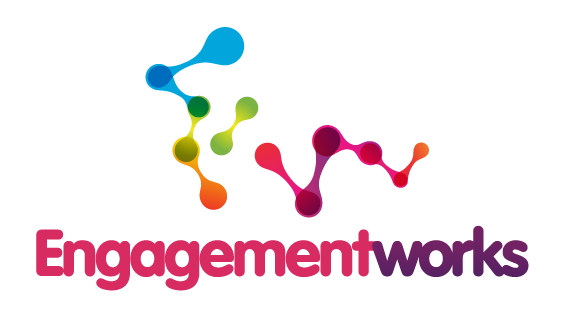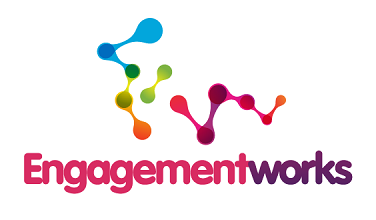The purpose of a Significance and Engagement Policy is to enable councils and their communities to identify the degree of significance attached to particular issues, proposals, assets, decisions and activities; provide clarity about how and when communities can expect to be engaged in decisions about different issues, assets, or other matters; and inform those local authorities from the beginning of a decision-making process about the extent of any public engagement that is expected and the form or type of engagement involved.
Most councils met the legislative requirement to have their new policy in place by the 1 December 2014 deadline set out in the revised Act. Very few took on board the intention of this new consultation requirement when introducing this change and did little more than minimum engagement with their communities. Some councils chose to bury consultation over their proposed significance and engagement policies in their Long Term Plan consultation, a process that generates little interest from communities other than regular council contributors.
So the brave new world of council community engagement began with more of a whimper than a bang.
Since 1 December there have been several instances of councils making decisions that are clearly in breach of their published Significance and Engagement Policies. Wellington City Council’s recent about-face on protecting its Town Belt is a good example where councillors, with no community engagement whatsoever, have made a decision that affects the future of a significant community asset. Whether a central government agency put the hard word on councillors to make this change, as some critics allege, is immaterial. In making this decision, council has breached its Significance and Engagement Policy with little explanation as to why.
Yes, councillors are elected to be “representative” of their communities and to make decisions on their behalf. Councils also have requirements to consult, as outlined in the Local Government Act, Resource Management Act and other legislation. These are the minimum levels of engagement that councils should do. Communities often expect more and councils themselves should engage because they want to, not because they have to.
The intention of the requirement to have a Significance and Engagement Policy was that councils should engage willingly and openly with their communities about significant matters – including deciding what issues were “significant”. Yes, there will be occasions, such as civil emergencies, where decisions need to be made quickly and there is no time for engagement. Communities will generally accept the need for urgency in such situations. At other times there should be no excuse for “significant” decisions being made to the exclusion of community interests.
Disturbingly there is no formal mechanism in place for councils to be held accountable for decisions not made in accordance with their Significance and Engagement Policy. Financial management decisions and decisions around other matters such as health and safety practices are scrutinised in some detail. This scrutiny, often by reputable independent authorities, means Councils go to considerable lengths to ensure that they comply with those policies.
So why isn’t Significance and Engagement subject to the same rigor? Probably because councils know that the Office of the Auditor General’s annual inspection will go no further than checking that they have a policy in place. The Audit Office does not have the capability to look deeper than that.
This means that it falls on communities to stand up for their own rights to be engaged with on significant decisions, rights that are enshrined in legislation. And that’s really sad, because isn’t that what they have elected councillors to do for them?






 RSS Feed
RSS Feed
